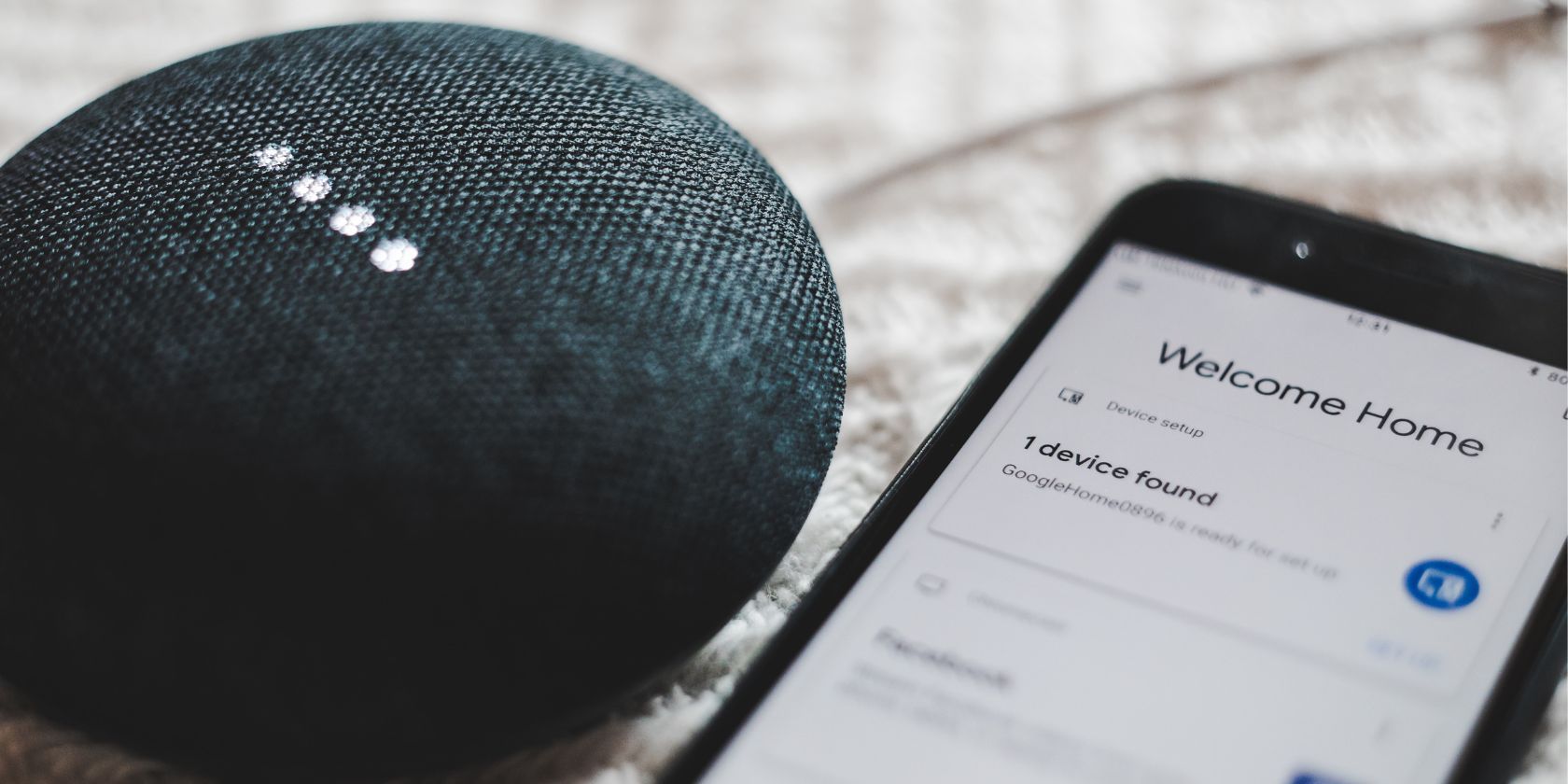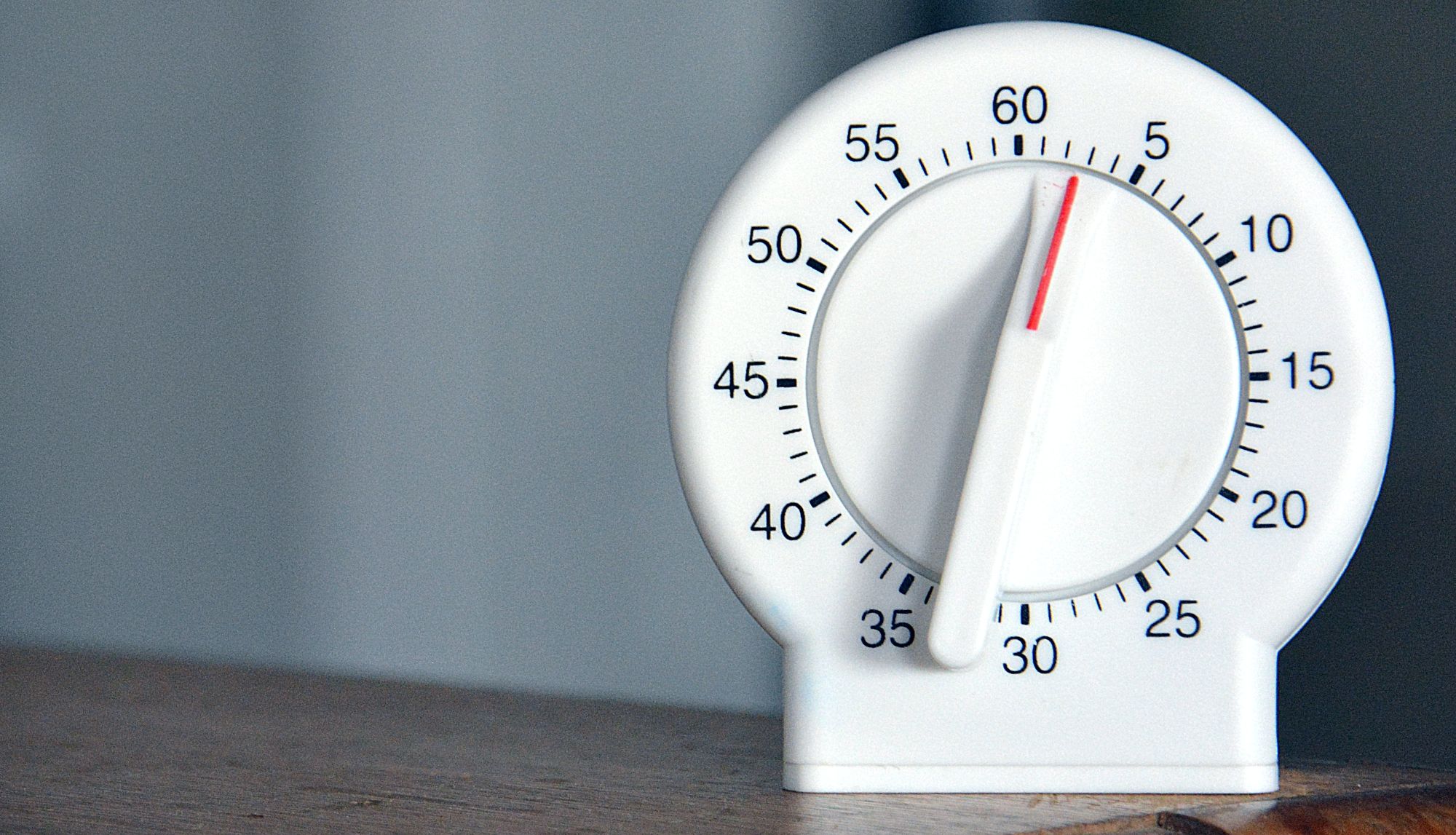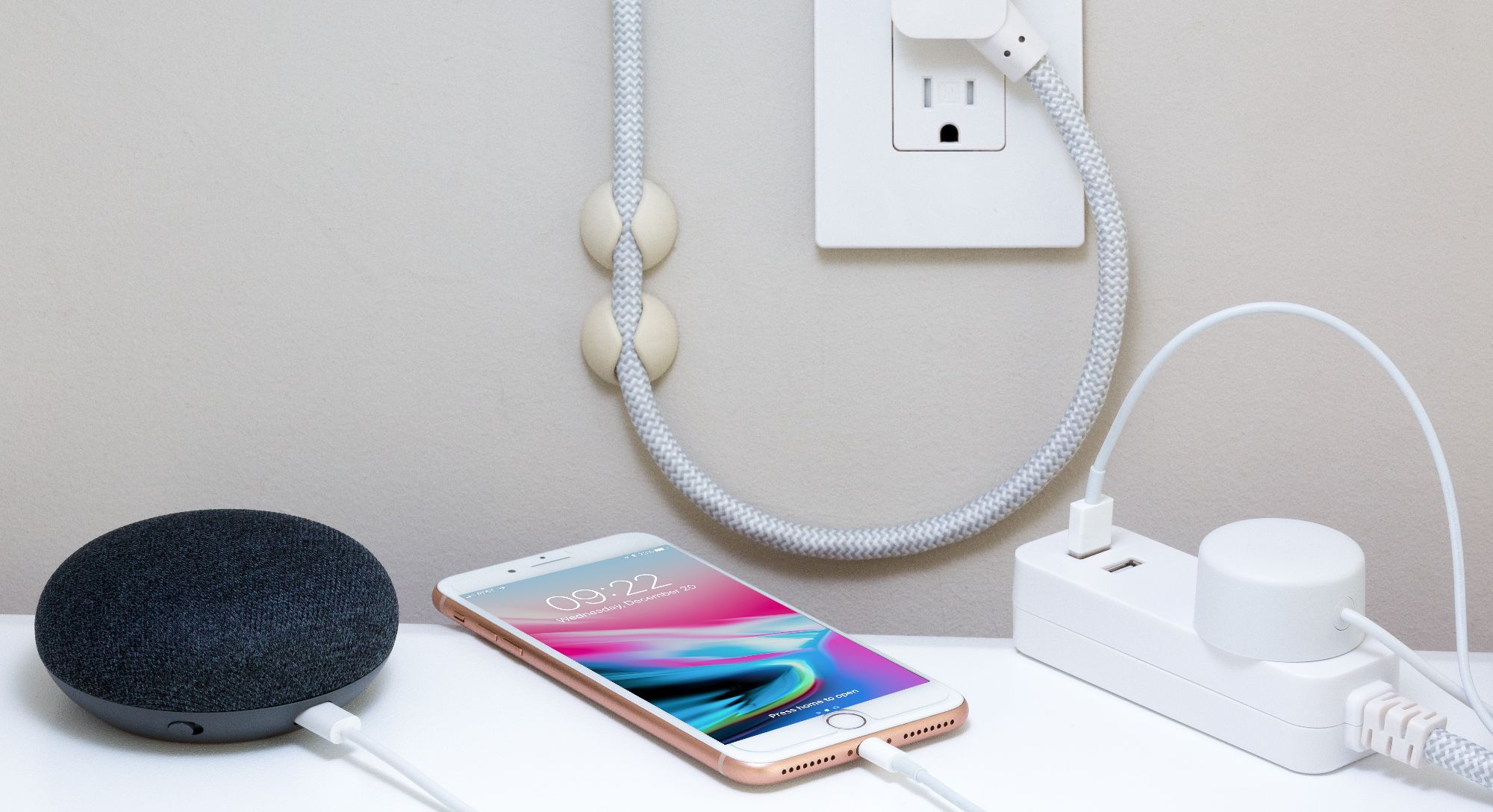If your home uses smart technology, you may be on the way to helping the planet. Smart devices can play a key role in reducing your carbon footprint and making your humble abode more energy-efficient. But what specific ways can you try to make your smart home eco-friendly?
1. Make the Most of Your Smart Lighting
You may already have smart light bulbs in your house that you use to wake you up in the morning or welcome you home at night. But there are other ways you can use your home's smart lighting to reduce your overall electricity consumption.
Many smart light bulbs can have their brightness increased or decreased whenever you desire. This means that you can lower the power consumption of a given smart bulb as and when you'd like via the app they're connected to.
You can also set timers on your smart bulbs to make sure you don't leave them on for longer than is necessary. Say you have a tendency to fall asleep on the couch on a lazy Sunday. You can set your smart bulbs to switch off after an hour or two to ensure you're not burning through electricity while asleep.
You can use a smart plug instead of a smart bulb to cut down on electricity demands, but this depends on what you want to get out of your smart home.
Geofencing can also be used to lower your smart bulb usage.
2. Try Geofencing
Smart home geofencing allows your presence, or absence, to be detected using a virtual perimeter that is established around your home. When you enter or leave this perimeter, certain actions can be triggered within your smart devices.
For instance, you can use geofencing to switch off all light bulbs when you leave your home, ensuring that no electricity is being wasted while you're away. If you have smart air conditioning, you could use geofencing to deactivate all vents when you leave. If you're somewhat forgetful, geofencing can be a great way to automatically disable your smart home appliances in your absence. Over time, this could save a lot of electricity, making your home more eco-friendly.
On top of being kinder to your electricity bill, geofencing can also provide an extra layer of convenience to your smart home operations. Using this feature, you don't have to manually switch on or switch off your smart home appliances when you head out for the day or return home. Other actions, like opening your garage door or activating your security system, can also be automated.
We have a full explainer on what smart home geofencing is if you'd like to learn more about this nifty technology.
3. Set Timers on Your Devices
Whether it's our central heating, television, or lighting, we all have a tendency to leave things on when we don't need them. While you can use geofencing to control the activity of your smart tech when you enter and leave your residence, you may still have smart devices eating up electricity from room to room when you are at home.
The great thing about smart devices is that they can often be set to timers so that they're not unnecessarily active. This can go a long way when you're trying to cut down on your home's energy usage, and can play a role in reducing your environmental impact. Even small steps are steps
4. Make the Most of Your Smart Thermostat
If you have a smart thermostat in your home, you may not be utilizing it at the optimum level. There's a lot that you can get out of your smart thermostat, starting with time settings.
Like most typical thermostats, you can set timers on your smart thermostat, which is a feature you should be using to reduce energy usage. But things don't stop here. You can also use your smart thermostat's zonal heating feature to lower your carbon footprint. Zonal heating allows you to remotely view and control the heating of each individual room of your house, so you don't have to manually adjust each temperature.
What's more, a smart thermostat can also show your past usage, so you can see what areas you can improve on. Maybe you're heating one or two rooms a little too much, or when no one is home. It's this kind of information that can help you tweak your home's energy consumption toward the greener side of the scale.
Some smart thermostats, such as Google Nest, also have some great additional features, such as an eco-mode.
For example, Nest's Eco Temperatures feature can be activated when no one is home. You can then either manually turn off Eco Temperatures when you're home, or wait for the next timed temperature change to take the thermostat out of this mode. This mode can also be activated if you're home's temperature has fallen below or exceeded the temperature boundaries you set.
5. Use a Smart Power Strip
Power strips are invaluable when we only have one or two power outlets, but multiple devices that need power. Many of us use standard power strips today, but a smart power strip can help you reduce your home's electrical demand.
Smart power strips work by cutting the energy supply to a connected device whenever it goes into standby mode, therefore lowering the energy usage of that device to zero. What you may not know is that some devices use energy even in standby mode, so having a smart power strip can remove this issue entirely.
6. Don't Overdo It on the Tech
When creating and improving your smart home, it can be tempting to buy and install devices you don't really need, simply because they seem fun or quirky. While this can be exciting, having numerous unnecessary smart appliances active in your home can quickly push your energy bill upwards.
If you're looking to streamline your home's energy usage, it's important that you take note of the smart devices you do and don't need. This isn't to say that you can't have any fun or luxury devices, but keeping these to a minimum can lower your monthly bill and make your home kinder on the environment.
Use Your Smart Technology to Help the Planet
Not only can smart technology make your life more convenient and save you money, it can also play a role in reducing your home's carbon footprint. So, if you live in a smart home and want to help tackle climate change, take note of the useful tips above to keep your domestic life eco-friendly.




